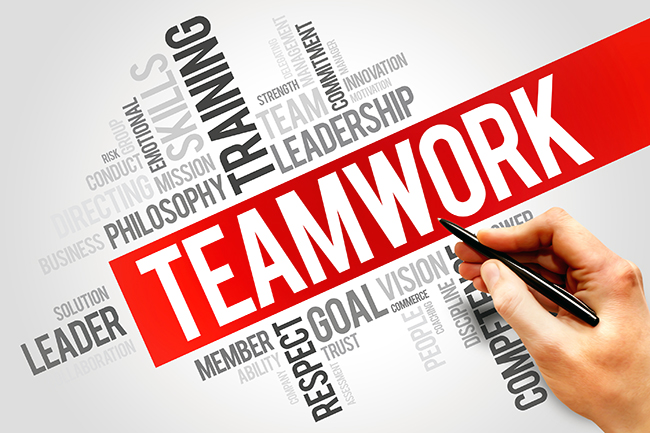Ask anyone who has accomplished anything, and they will tell you achievement is the result of a long, challenging, and rewarding journey. One of the key dynamics in that success journey is finding the right balance between “seeing the big picture” and “paying attention to the details.”
Being able to focus on and appreciate both perspectives is a skill all successful leaders develop.
Seeing the Big Picture
All of us are wired differently, finding it more natural to either understand the details or focus on the big picture. Leaders and entrepreneurs tend to be “Big Picture” people. They are focused on reaching the top of the mountain, achieving what Jerry Porras and Jim Collins call BHAGs (Big Hairy Audacious Goals).
BHAG people are entranced and energized by the majesty of the mountaintop. They close their eyes and envision a spectacular, beautiful moment of achievement. The most influential and effective visionary leaders have the ability to describe this ultimate goal in such specific, connective terms that other people are drawn in, transported by the enthusiasm and the magnetism of that big idea. Through this connection, visionary leaders help those around them see and understand the big picture too.
Big picture people build effective teams, because the strength of their vision naturally encourages both committed cohesion and the creative energy of positive friction. However, there is still a journey to make, and that brings us to those drawn to the vision. Their perspectives and talents are vital to the success of this big vision too.
Navigating the Journey
The number one question that stops a BHAG journey dead in its tracks is, “What’s next?” The team knows where they want to get to, and each of them visualizes the goal. Even if that goal does not yet exist, it’s so real to them, they see it and feel it.
Now what?
Successful visionary leaders understand the need to recruit other leaders who know how to answer that question. These navigators see the steps necessary, as well as the potential challenges the team will face on their journey together. They see the barriers to success as well as the best ways to remove or avoid those barriers. While visionary leaders are focused on the summit, navigators naturally appreciate the beauty of the journey.
Success is achieved when visionaries and navigators work together smoothly, in an environment where everyone on the team understands and respects the importance of both perspectives. In most cases, this environment does not just “happen.” It must be cultivated, developed over time as each member of the team elevates their leadership lid, personally and professionally.
Bifocal Leadership
If you have ever needed them, you know that bifocal glasses or contact lenses require a little getting used to. Initially, your eyes move randomly, drawn from one place on the lens to the other, which is very uncomfortable and disorienting. The world moves in and out of focus, and it takes time and practice to adapt to the tools that present both the big picture and the details clearly.
Leaders who try to see both the big picture and the little details all at once often experience a similarly disorienting feeling, especially at the beginning of the journey. It takes visionaries and navigators combining their focuses to bring clarity to both the journey and the destination.
As visionaries and navigators work together, encouraging and challenging each other, the process of shifting our focus to where it is best directed in the moment becomes more natural, and the entire team benefits.
With that in mind, here are two questions to consider:
Am I a “visionary” or a “navigator”?
Which people do I need to connect with and which tools do I need to grow into the best version of myself?
I would love to hear how you are interacting with these questions. Connect with me here or in the comments, and share any lessons or tools that are helping you grow in your journey.

Developing your team within an Employee Business Model
This is Part 3 in our series on building an Employee Business Model for your team. Previously, we talked about what an Employee Business Model is, what it will mean for your business, and how the hiring process is influenced by this approach to leadership....

How an Employee Business Model Builds a Better Team
In our last blog, we introduced the idea of the Employee Business Model, a daily plan to encourage and facilitate the personal and professional growth of our team members. When building and developing that plan, a leader considers every aspect of their...

What is your employee business model?
Building a successful business doesn’t work unless we build a solid, well-developed business model. Even then, there is risk. The right business plan accounts for the risks and works to mitigate the risk and maximize the potential. We do that through...


0 Comments